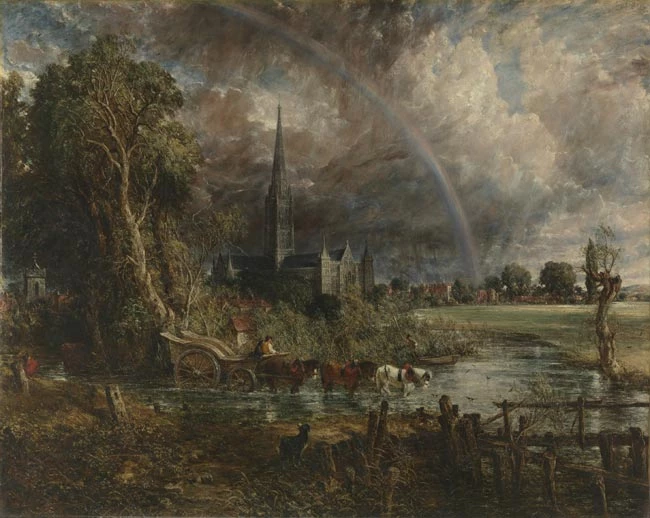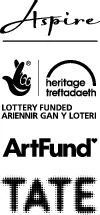Last week we created a storm in the galleries at National Museum Cardiff with our Easter workshops. Families who took part got to make their own pop-up landscapes inspired by John Constable’s Salisbury Cathedral from the Meadows 1831. This activity was part of the Aspire programme, funded by the Heritage Lottery Fund and the Art Fund.
Here are some of the mini masterpieces created.
We were impressed by the variety of skies! Some were stormy and brooding. Others filled with colour and light. Butterflies, bees, and a murder of crows all made an appearance – and, of course, some beautiful rainbows.
If Constable were alive today he surely would have approved! For him the sky was the most important part of a painting. It creates feelings, mood and emotions. I wonder what mood our families were in when they created theirs?
Whatever mood they were in at the time, they left the workshop feeling happy! Families were asked to complete the sentence ‘the workshop made me feel...’, and to hang it on our specially-created comments cloud. ‘Happy’ was the most popular response! Here are some others:
The workshop made me feel…
- Happy happy and I loved it a lot - Jack
- Interested because I like learning about Constable
- Hapus fel y gog achos rwy’n hoffi celf a chrefft
- Welcome ♥
Find out more:
Explore Salisbury Cathedral from the Meadows 1831 with this interactive guide.
Download a free pack for teachers from our Learning Resources page.
Download our Landscape and Lights family trail
Aspire
Salisbury Cathedral from the Meadows was purchased by Tate with assistance from the National Lottery through the Heritage Lottery Fund, The Manton Foundation, the Art Fund (with a contribution from the Wolfson Foundation) and Tate Members in partnership with Amgueddfa Cymru – National Museum Wales, Colchester and Ipswich Museum Service, National Galleries of Scotland, and Salisbury and South Wiltshire Museum, 2013.
To secure the painting, a unique partnership initiative was formed between five public collections: Tate Britain, Amgueddfa Cymru – National Museum Wales, Colchester and Ipswich Museums, Salisbury and South Wiltshire Museum and the National Galleries of Scotland. This initiative, named Aspire, is a five-year project supported by the Heritage Lottery Fund and the Art Fund enabling the work to be viewed in partner venues across the UK. National Museum Cardiff is the first venue to display the work.


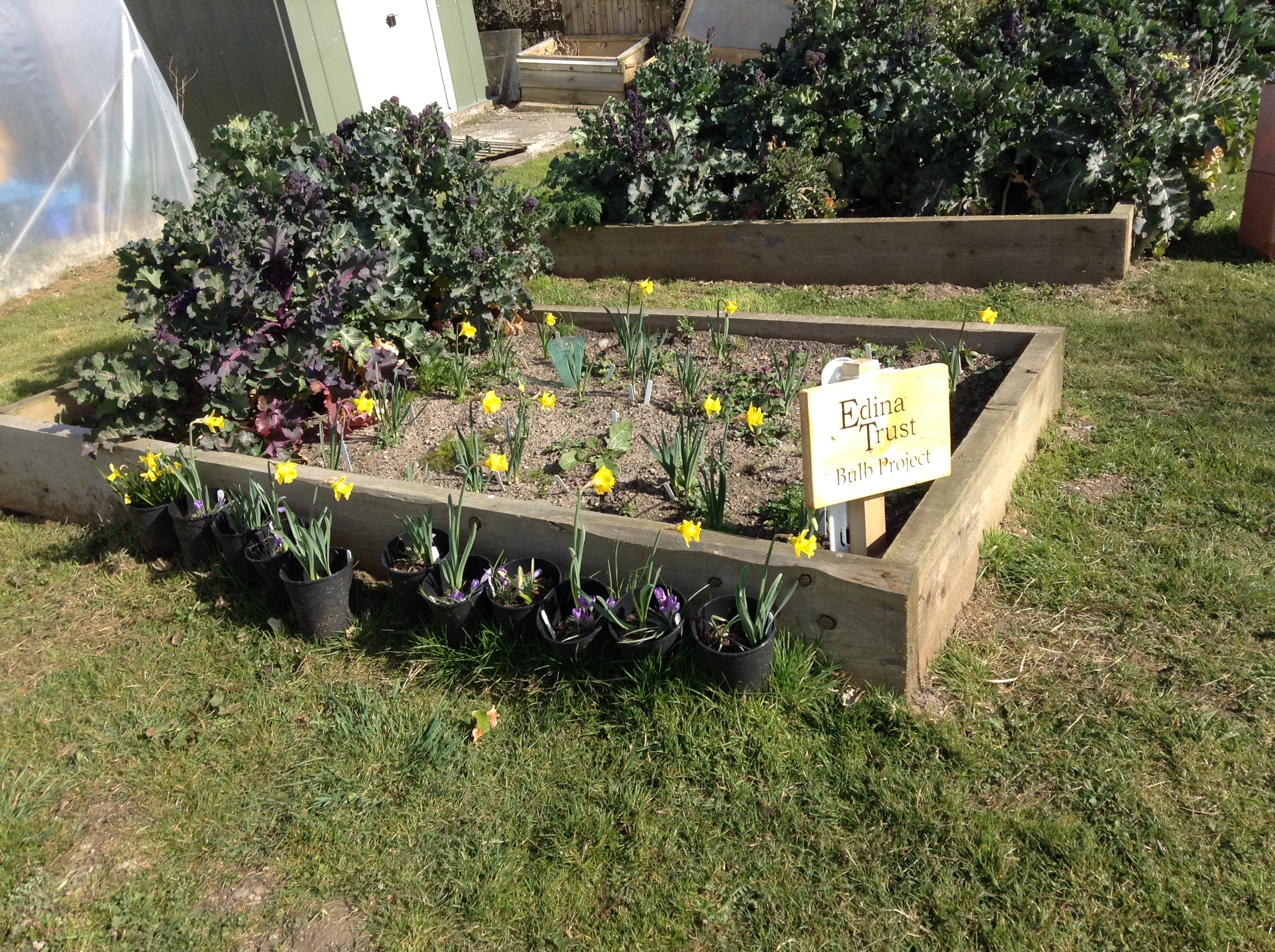
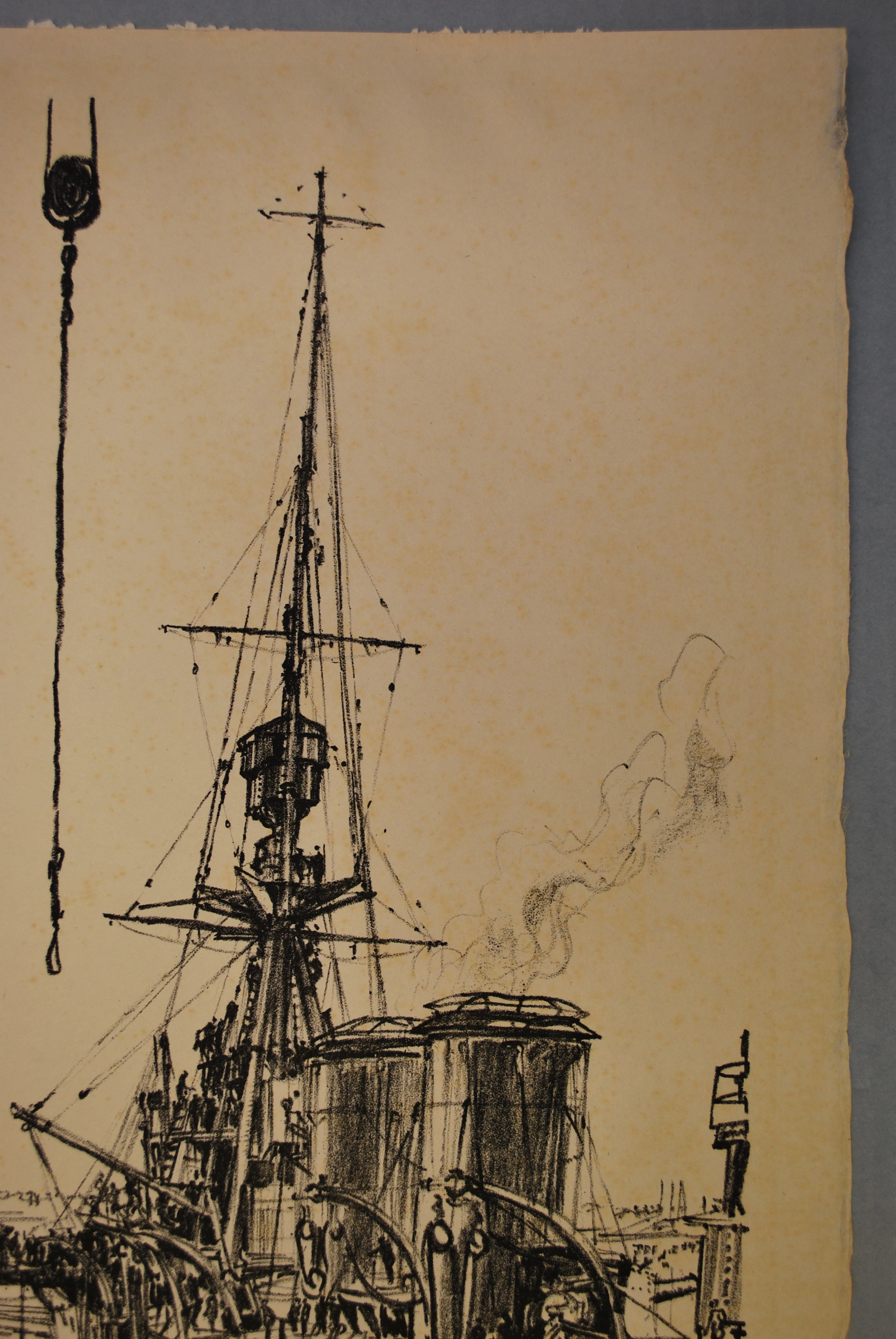




.webp)
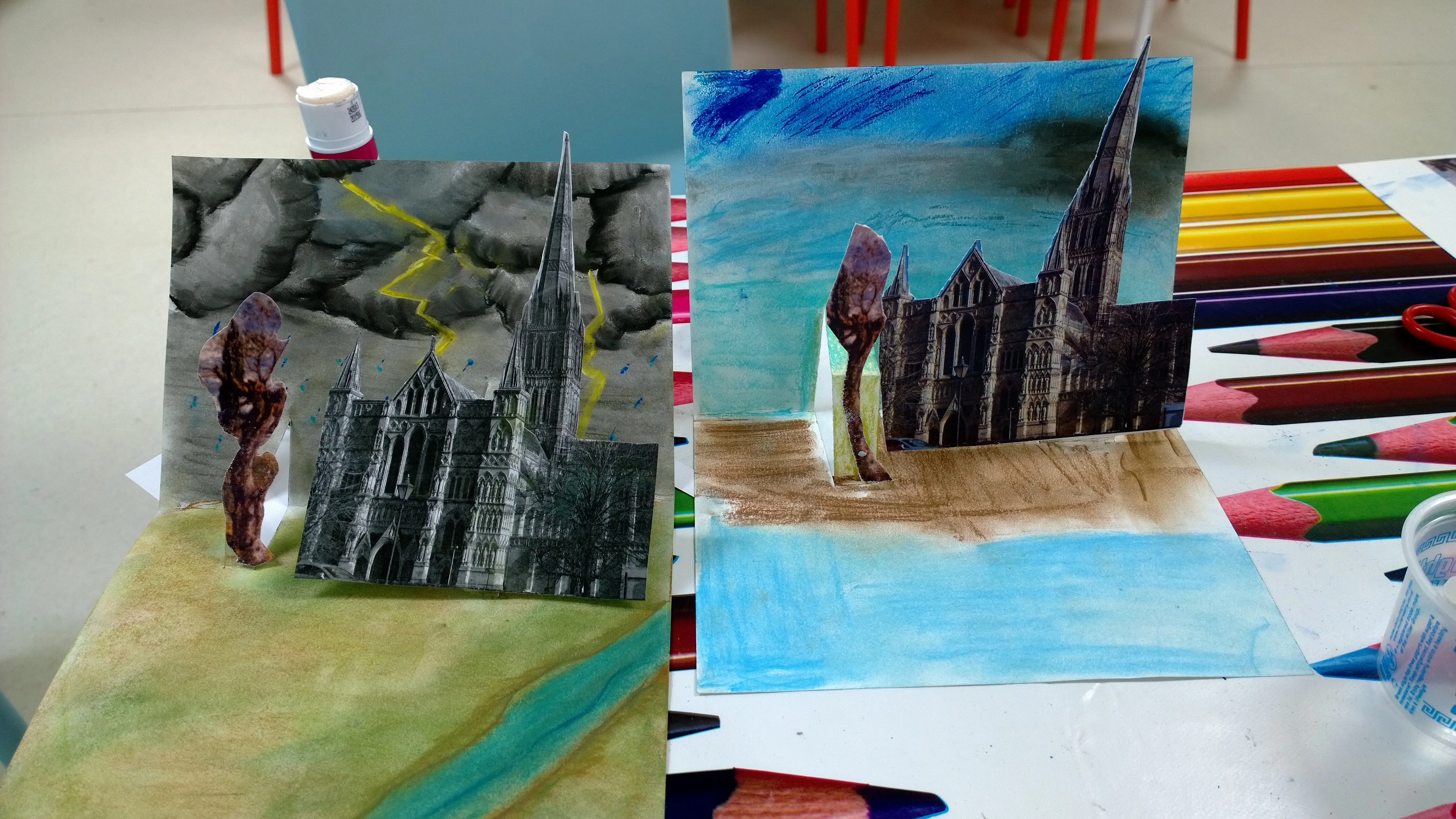

.webp)
